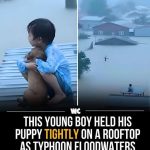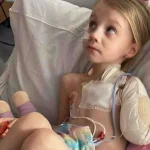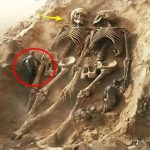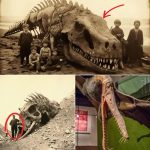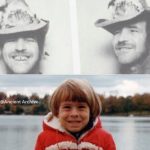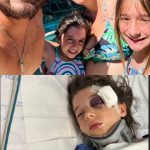The Girl in the Photograph: Remembering Czesława Kwoka

The Girl in the Photograph: Remembering Czesława Kwoka
She was fourteen years old.
A child’s face. Neatly braided hair. In her eyes — that kind of fear that should never belong to anyone, least of all a young girl.
Her name was Czesława Kwoka.
She was born in Poland in 1928, in a quiet town that could never have imagined what history was about to demand of it. Her childhood, like that of so many others, was marked not by joy or discovery, but by war.
In December 1942, Czesława was deported to Auschwitz with her mother, Katarzyna. They were sent there because they were Polish Catholics — part of a wave of deportations that targeted anyone deemed undesirable by the Nazi regime.
A child in a world that had ceased to be human.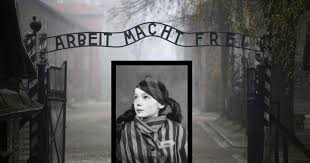
At Auschwitz, names were replaced with numbers. Humanity was stripped away, one act of cruelty at a time. And yet, even in that place, there were moments when the human spirit tried desperately to survive.
One of those moments lives on — frozen in a single photograph.
It was taken by Wilhelm Brasse, a Polish political prisoner who had been forced by the SS to photograph inmates for identification records. Brasse would later recall the day he photographed Czesława.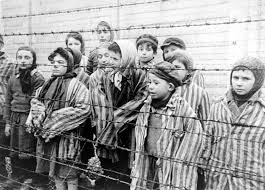
Just before he took the picture, a guard struck her across the face for not understanding a command — she did not speak German. Her lip was bleeding. Tears welled in her eyes. But she stood still.
He captured her image in silence — a child, alone, staring into a lens that could not offer comfort. Behind her, the gray wall of the photo room; around her, a world of fear.
A few weeks later, on February 18, 1943, Czesława was killed with a phenol injection. She was fourteen years old.
Decades later, Brasse spoke of her photograph with trembling hands. He said he could never forget her face. “She looked so young. So innocent,” he remembered. “When I took her picture, she didn’t understand what was happening. She was just a child.”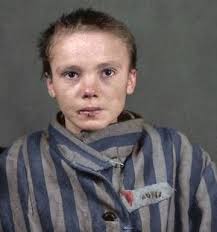
In recent years, digital artist Marina Amaral painstakingly colorized that image — restoring the warmth of Czesława’s skin, the faint red of her lips, and the soft green of her eyes. Through that act, she brought the girl in black and white back into the world of the living, if only for a moment.
And suddenly, the photograph was no longer just a document of horror. It was a resurrection — a reminder that every number, every name, every face in that camp once belonged to someone with dreams, with laughter, with love.
Czesława is no longer just a statistic. She is the face of more than 250,000 children who never had the chance to grow up.
When we look at her, we no longer see only fear. We see resilience — the quiet courage of a child who endured the unimaginable. Her gaze reaches across the decades, whispering a single plea:
“Look at me. Don’t forget me.”
To remember her is not merely an act of compassion. It is a moral duty — a promise to the past, and a warning to the future.
Because as long as her eyes still meet ours, the world cannot say it did not know.


